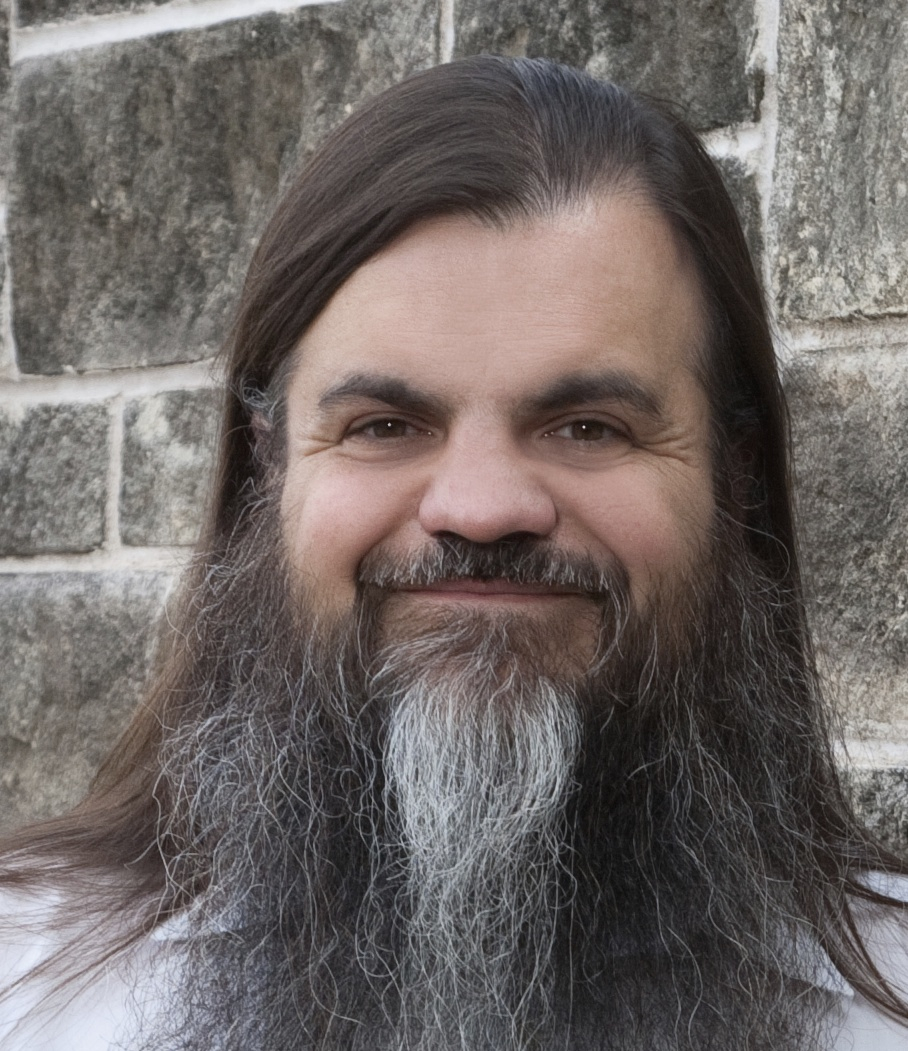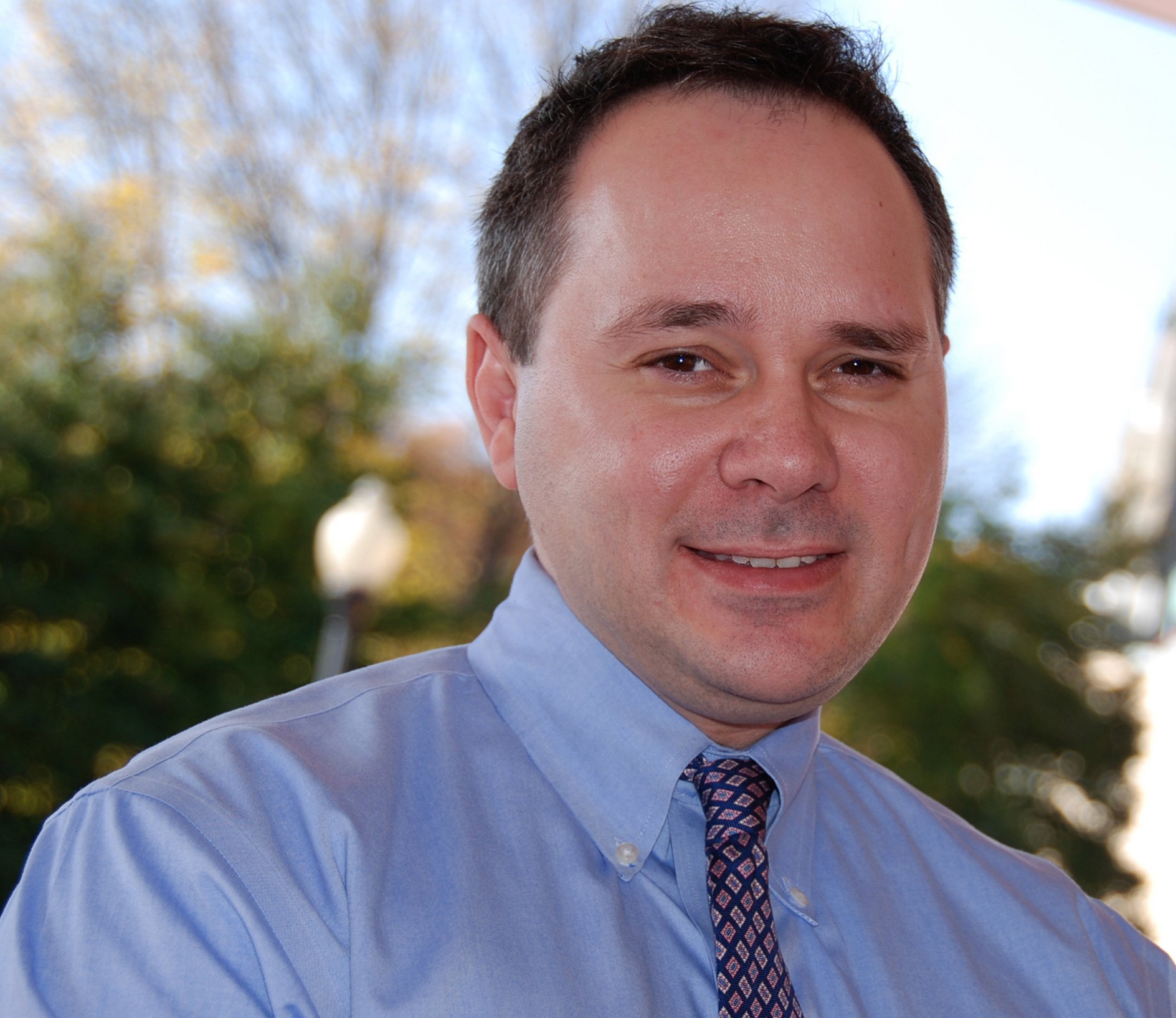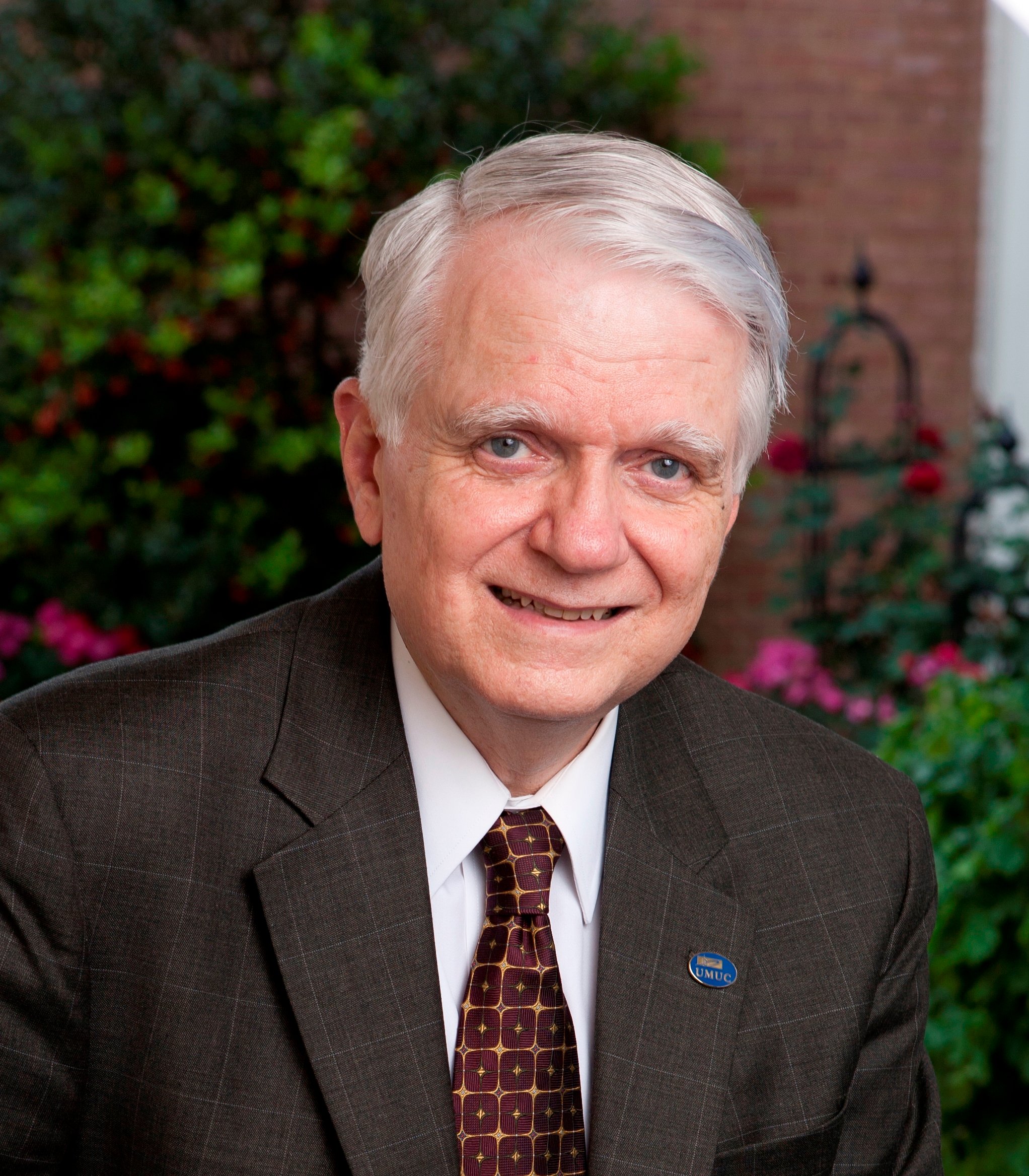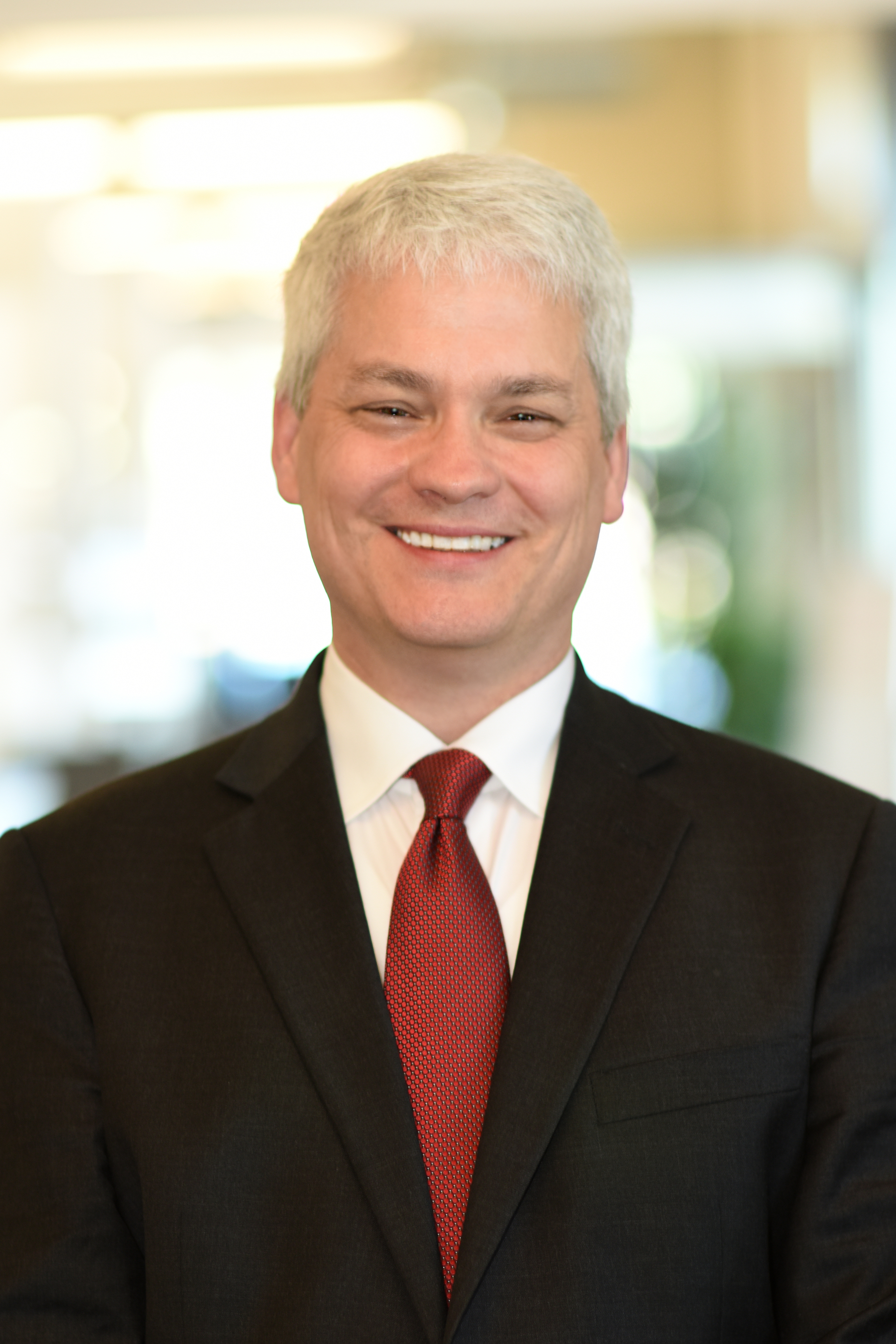You have /5 articles left.
Sign up for a free account or log in.

Getty Images
The end of a year invites a brief period of introspection before a headlong dive into the next one. It's been a big year for digital learning -- and for “Inside Digital Learning,” which got its start at the beginning of 2017 and has grown with the help of readers like you since then.
The launch of “Inside Digital Learning” is likely not the most consequential development in the field this year. To find out what was, we posed a few questions to a panel of experts:
- What digital learning development from the past 12 months (either a specific piece of news or a trend) will we still be talking about five years from now?
- Why is this development likely to stick around as a topic of conversation and a driver of innovation?
- How will the conversation evolve in the coming years?
Remarkably, nobody cited Purdue University’s purchase of Kaplan, which arguably generated more headlines than any other digital learning story this year. Here's a look back at the year that was, and a glimpse into the future that could be.
 Bryan Alexander, futurist, writer, educator, consultant; founder and president of Bryan Alexander Consulting
Bryan Alexander, futurist, writer, educator, consultant; founder and president of Bryan Alexander Consulting
In 2022 I think we’ll be discussing automation. That includes artificial intelligence, algorithms, and robotics, and some of whatever big data mutates into.
Automation now has the potential to significantly improve learning, yet is still in the early days of the current wave of innovation. It will take time to develop and deploy initiatives and services, to test and iterate them. In addition, a group of academic fields is currently working on automation issues. Faculty and students in computer science, robotics, new media studies, and economics are conducting research; this naturally takes time to work through, especially for topics of great complexity and emergent possibilities. Other academics may well turn their attention to new developments, as, for example, philosophers consider the ethics of artificial intelligence acting on humans in the world, or sociologists study how our society changes under automation’s impact. Indeed, the depth and complexity of automation alone suggests we’ll be discussing it for years to come.
Other Stories From This Year
The University of Iowa decided to permit athletes to take most of their courses online, reversing an earlier decision and sparking a debate.
The fee-for-service model for online program management gained strength and visibility, but revenue sharing remains dominant. Blackboard, meanwhile, showed signs of life despite losing some market share.
Ohio State University announced a splashy partnership with Apple; experts wondered if the deal could spark imitators.
The responsibilities of a “digital learning leader” are numerous and ever changing.
Natural disasters dominated headlines, and institutions grappled with using digital technology to keep semesters on track when facing delays and closures.
A widely anticipated report critical of Western Governors University’s competency-based education practices troubled many in the digital learning space, even as some agree that it won’t have far-reaching impact.
Delivery, management and quality assurance vary widely among small and midsize online programs, according to a new Changing Landscape of Online Education report.
Online exam proctoring catches cheaters, instructors say. But there are downsides, too.
New York State invested $8 million to spread the development and use of open educational resources -- a welcome development, experts responded, if not necessarily a turning point.
To attract online students, some institutions have taken to unconventional marketing techniques.
Civil discourse was hard to come by in the public sphere in 2017 -- and institutions have taken a variety of approaches to achieving it in online courses.
Explosive online enrollment in courses appears to be slowing down, but the sky doesn’t yet appear to be falling.
It is likely that we will see criticism and skepticism paired with enthusiasm, as we’ve seen in automation’s history. A boom and bust cycle may occur over the next five years -- at least once. Schools of automation development and criticism alike are evolving and connecting with other fields.
One aspect of this combination of critique and growth concerns the evolving nature of privacy. Several forms of AI need to work with large amounts of data to become proficient; some of that data is going to come from the personal sphere. Indeed, we’ve already seen problems with this, as data scientist and author Cathy O’Neil points out.
Another dimension will emerge as business interests drive and benefit from automation. We could experience bursts of economic growth in certain areas as companies take off. We may also see more critics linking automation to problems of powerful companies and wealth inequality.
On campuses there will most likely be multiple automation implementations, ranging from new robotics classes to virtual tutors and automated library functions. This will naturally give rise to a great deal of conversation. Some might take the form of academic study, perhaps in terms of Ernest L. Boyer’s scholarship of teaching.
 Kristen Eshleman, director of digital innovation, Davidson College
Kristen Eshleman, director of digital innovation, Davidson College
The development of career and competency-based education (often supported by digital learning) is a trend likely to continue and expand, including the addition of interesting new models within highly traditional colleges and universities.
The bellwether for this trend is MissionU, which took direct aim at traditional higher education models in March of this year, offering a one-year education program with a funding model based on income-sharing agreements. Pitched as an alternative to the four-year degree, the program leverages scalable online learning and place-based cohorts to address what the institution believes is the primary purpose for many who choose to invest in college -- to launch themselves into successful careers.
MissionU is marketing itself as an answer to crippling student debt, focusing on career education over whole-person development as the main driver for a college alternative. It is an “employer-first” design that may or may not serve the business model well in the long run, especially if the lifetime earnings of graduates with deeper formal education continue to outpace those with narrower skills. But the model does address a very real and current pain point by offering a low-cost alternative with potential immediate returns.
Those immediate returns are increasingly important to students who have invested in expensive four-year degree programs as well, even where there is some clarity on correlating longer-term outcomes. Many of these graduates struggle to translate the value of their deeper education right out of the gate, opting to take on more debt for additional education and training to fill the gap. Combine that struggle with an accelerating political and public sentiment against financial support for access to higher education, and demonstrating our value in the context of returns to students becomes an important driver of innovation.
In the coming years, we can expect new models and partnerships to evolve -- ones that serve both student needs and the public good, debunking what Amy Ahearn, online learning manager for the nonprofit global venture fund +Acumen, describes as a false dichotomy between traditional education and upstart vocational programs like MissionU. Universities and colleges will experiment with ways to combine the longer-term benefits of deeper traditional higher education with shorter-term returns on applied and experiential learning. Models that incorporate digital learning will have the added advantage of temporal and spatial flexibility to serve a new group of learners whose professional and personal evolution can benefit from this combination over their lifetime.
What’s missing as these models emerge are the corresponding assessment designs that look across a lifetime -- metrics that more accurately account for complexity and the holistic needs of modern learners. As evidence continues to shape policy, higher education should dedicate equal time to innovations in assessment. Without this, we run the risk of reducing future designs to the narrower outcomes associated with career metrics. That won’t optimally serve learners or society in the long run.
More from Inside Higher Ed: Blogger Josh Kim praised MissionU in a post shortly after the initiative was announced.

The digital learning development from the past 12 months that I am most excited about is less a development in digital learning and more of a development in thought and approach. Over the past 12 months, we have seen a growing resistance to one of the more pernicious conceptual problems that has come to define the relationship between digital technology and higher education: disruptive innovation. As is well-known, the concept of disruption owes its origins to the work of Clayton Christensen, and it has had a significant impact on the collective sense of the future of higher education for much of the past five years. Whether aligned with the rise of MOOCs and ed-tech start-ups, associated with pressure from employers for more specific training for our students, or understood as part of the growing recognition that higher education needs to adapt to the changing economic, political and cultural landscape in which it operates, disruptive thinking has made a strong case for the vulnerability of higher education to alternative forms of training and competing solutions. This has led many colleges and universities to invest in digital learning technologies to inoculate themselves against disruption.
I have always been skeptical of the disruption model. It originates from a very narrow and limited understanding of what higher education is and how it operates. My sense is that the sway of this model has begun to change in the past 12 months. This is a good thing. The disruption model promotes innovation as a reaction to fear -- the idea that the motivation for change is anxiety about being displaced by an alternative. It also assumes higher education is less than the sum of its parts, and that those parts can be easily separated, much like a failing company might be broken up and sold off in pieces for more money than the whole might be worth together. This model might well describe most industries, but it fails to recognize the complexity of the ecosystem in which higher education carries out its mission.
This is beginning to change. We are seeing more colleges and universities realize that it’s important to see change as a complex problem. This is not to say that higher education cannot or should not change. Quite the opposite. Higher education needs to change, in some places radically and experimentally, and in some areas gradually and with careful intent and consideration. We will not be successful if we do not adapt to the economic realities that challenge the fundamental value proposition of higher education, just as we will not be successful if we do not adopt new approaches to teaching, learning and research that can significantly enhance the impact of how our students learn. But we need to do so with a greater understanding of the immense power and possibility that interinstitutional communication and collaboration -- long the purview of research and scholarship -- can play in the future of teaching and learning. As we change, we need to do so with a greater sense of higher education’s role in society and its impact on who we are as a culture. I see increasing evidence that careful, intentional change is starting to lead conversations where responding to fears of disruption once held sway.
More from “Inside Digital Learning”: At a meeting in April, Clayton Christensen doubled down on his disruption predictions.
More from Inside Higher Ed: Blogger John Warner criticized the “disruptive innovation” theory in a November post.
 Javier Miyares, president, University of Maryland University College
Javier Miyares, president, University of Maryland University College
The year’s most significant development is the ongoing proliferation of open educational resources. While the phrase was first introduced 15 years ago, the concept and application have gained significant traction over the last decade, and with increasing urgency and interest over the last five years. OERs -- educational materials that are publicly licensed and freely accessible for users to retain, revise, reuse, remix and redistribute -- have the potential to truly revolutionize not just postsecondary education, but education over all. The national dialogue surrounding OERs in postsecondary education continues to center around access, affordability and quality. Since education serves as an equalizer and a key to continuous growth of the U.S. economy, these issues will always be drivers of how we provide that education.
The future of higher education will be increasingly about personalized learning -- recognizing that everyone comes to our institutions with different experiences, pre-existing and legitimate knowledge and skills, and educational objectives including degrees, certificates, stackable credentials and other sufficient upskilling that enables career and job advancement. OERs have tremendous potential to address these issues.
Imagine a future in which the education community truly embraces the concept of OERs --including contributing to the pool of OER resources, collaborating in adopting and adapting them across educational levels and disciplinary verticals, and refining them based on evaluation of their impact.
The net result is more learners with access to the educational resources that are proven to best enable learning. Faculty will spend less time creating educational resources and can redirect that time to deeper engagement with and mentoring of their students. Because students won’t have to spend money on textbooks -- or worse, go without because they cannot afford them -- students will have more equal access to high-quality educational resources.
University of Maryland University College recently hosted a statewide summit on OERs. It was originally planned for about 250 faculty, instructional technologists and others from colleges and universities in Maryland. Yet interest soared and 500 educators from across Maryland and beyond turned out.
Such a tremendous response is another indicator that OERs represent a positive disruption in higher education that is challenging and changing both philosophical and structural elements of the existing model.
Curating and maintaining a comprehensive physical library requires a financial commitment, as does the curation and maintenance of a virtual library of OERs. The costs students incur for textbooks are being transferred on some level to institutions, so there is an immediate need for business and budget models that will work for the range and diversity of institutions.
OERs also force the question of how we teach, expanding our vision of the role of faculty as guides for students toward knowledge and mastery. Institutions will have to examine their own policies and practices to enable this shift.
As the digital age evolves, increased collaboration across institutions will be essential to actualize the full spectrum of benefits of OERs at scale and not just one-off adoptions.
More from “Inside Digital Learning”: Some instructors see OER as an opportunity to refresh their course content; Robin DeRosa, professor and director of interdisciplinary studies at Plymouth State University, identifies a "seismic shift" tied to OER; OER labeling takes hold at the legislative level in several large states.
 John O'Brien, president and CEO, Educause
John O'Brien, president and CEO, Educause
There have been so many stories in the last year featuring dazzling technology advances for digital learning. For example, we are reminded by headlines on a daily basis that we will still be talking about, grappling with and paying for artificial intelligence advances many years from now. However, at Educause, we are reminded regularly that technologies come and go -- that it’s not information or technology but what we do with IT that counts. And so the story that caught my eye and captured my imagination this year isn’t a story about dazzling technology but about expanding access to higher education for those who need it most.
This summer, Southern New Hampshire University announced the launch of a major initiative to bring university degrees to refugee camps in Kenya, Lebanon, Malawi and South Africa. The initiative, made possible through a gift of $10 million by a group of anonymous donors, expands on the work piloted three years ago in the Kiziba refugee camp in Rwanda. Collectively, the pilot campuses so far enroll more than 350 students, and over the summer the first cohort of refugee students graduated with associate degrees. All of the graduates participate in internships outside of the camp, and all of them are now working on their bachelor's degrees. SNHU’s long-term goal is to educate 50,000 refugees in 20 locations by 2022. To accomplish this level of scale, SNHU plans to deploy creative approaches around infrastructure, machine learning and other uses of technology to reduce delivery cost with a goal of reaching a $1,000 per student target.
I don’t really believe that this story is one that our community will be talking about as obsessively as we will AI, AR, VR or any other of the acronyms clamoring for our attention -- but I really believe it should be. If there’s one passion that higher education professionals share, it’s a desire to make a difference. We do our best work when we ground ourselves in what matters most. And given that there are 65 million displaced refugees around the world and less than 1 percent have access to higher education, there’s a lot of difference to be made.
This story and other refugee education efforts under way are important because of the moral imperative, but they are also a refreshing return to the heart and soul of digital learning technology, focused as it is on deploying technology to improve access to education and creating hope and opportunity at every turn. And it’s not lost on me that if we build out our capacity to extend access across these great distances to serve those with the greatest need, we may reinspire ourselves to do better closer to home.
 Jesse Stommel, executive director of the division of teaching and learning technologies, University of Mary Washington; executive director, Hybrid Pedagogy and Digital Pedagogy Lab
Jesse Stommel, executive director of the division of teaching and learning technologies, University of Mary Washington; executive director, Hybrid Pedagogy and Digital Pedagogy Lab
As part of a tour supporting her book, Sara Goldrick-Rab offered a keynote at SXSWedu in March 2017 and another keynote at Digital Pedagogy Lab in August 2017. Her talks were about college affordability and basic needs insecurity. While Sara doesn't focus directly on digital learning, online pedagogy or teaching with technology, Sara’s work has far-reaching implications within and beyond sociology and higher education policy. Her work is not just about the cost of college, not just about debt, not just about her proposal that the first two years of college be free. Her work is about the humanity of students and the need for humans to show up as teachers, administrators and technologists for the work of education.
In short, Sara's research and her writing have fundamentally changed how I do my own work in higher education. The debate around laptop bans feels petty in an educational landscape in which students are hungry and homeless. How do we even begin to have conversations about the problems of plagiarism-detection software and remote proctoring when students are missing class to pick up an extra shift at their second job to support ailing parents? Teaching is philosophy and practice, deeply contextual and idiosyncratic. Online and hybrid teaching are also contextual and idiosyncratic, except we can’t always see the students with whom we’re working. When students are struggling online, we don’t always see them struggling. Sometimes we just see nothing.
The biggest development in digital learning over the last year is this: we have a better sense for the basic humanity of students, and our charge is finding new (and better) ways to more fully see and hear these students when they cry for help.
I recently had a debate on Twitter about why blanket laptop bans can be so disenfranchising for (and discriminate against) disabled students -- because disabled students often require accommodations, and those accommodations shouldn’t out students as disabled. I came away from that debate with a clearer understanding of the stakes for college students, where cries for help can go unheard and official petitions for accommodations often become a series of dispassionate bureaucratic hurdles.
I believe the work of scholar activists like Sara Goldrick-Rab and those in the debate around accessibility issues (Rick Godden, Catherine Prendergast, David M. Perry and more) will help us all more clearly see the humanity of every single student we work with in higher education.
At University of Mary Washington, I help manage a project called Domain of One’s Own, which gives every student a domain name and hosting space -- space on the web they can carve out for themselves, where their learning becomes more than just transactional.
This hints at one small way this conversation can continue to evolve. How do we keep building an education where students feel like full agents, owners of their own learning, while also being given the necessary tools? Laptops, domain space, but much more importantly, food, shelter, accommodations and compassion?
More from “Inside Digital Learning”: Stommel and more weigh in on the latest laptop ban debate, pointing the way forward to more substantive discussions.








